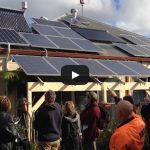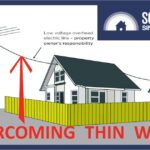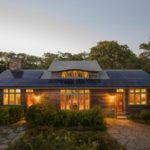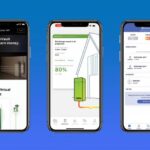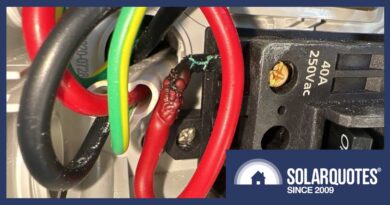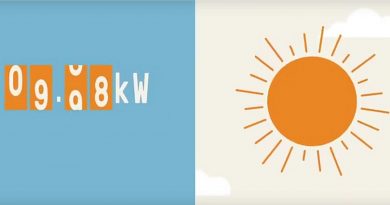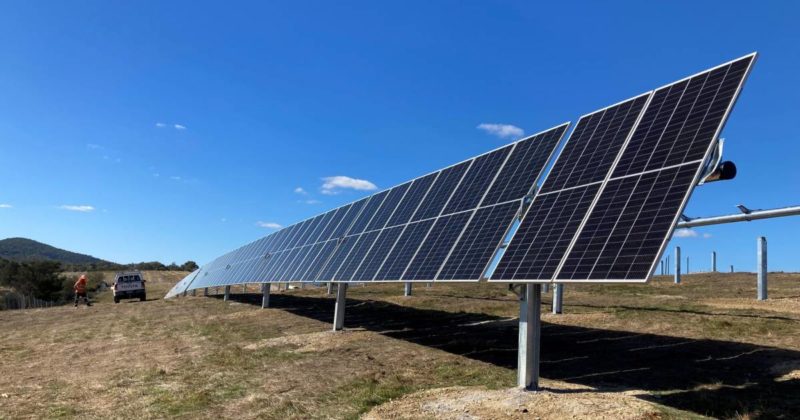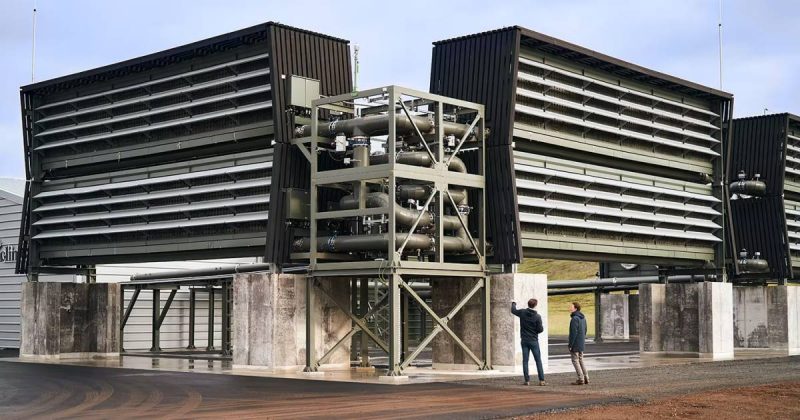How To Go Reliably Off-Grid With Your Tiny House Or Cabin
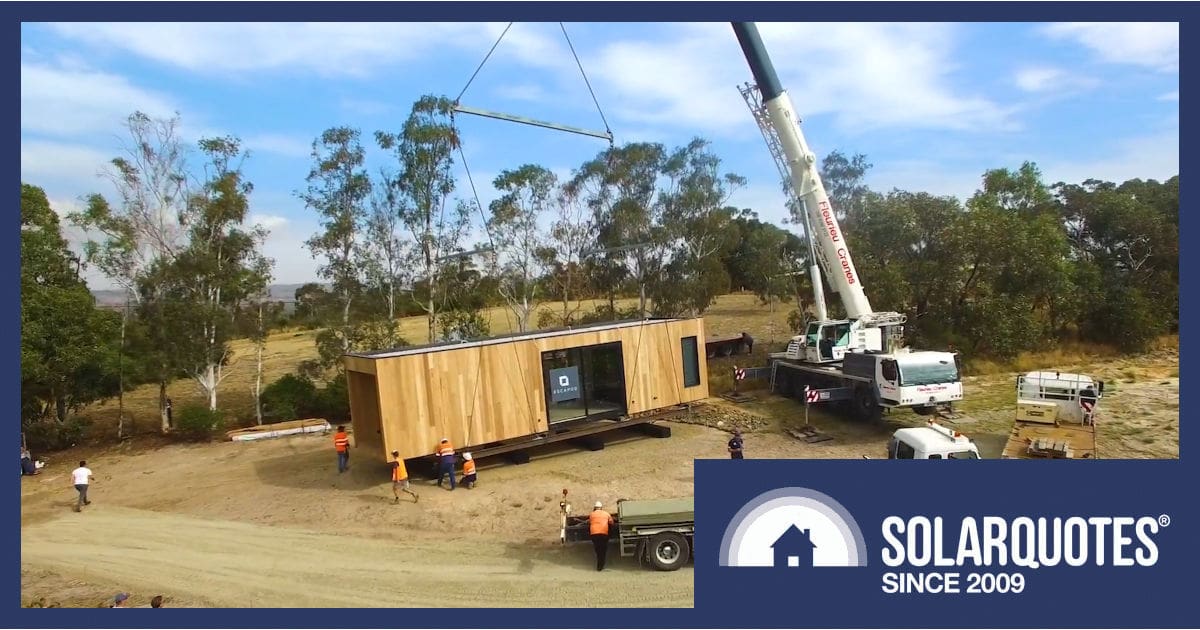
Image credit: NESCA
A growing number of Australians are trying to avoid the hellscape that is the current Australian housing market. The trend towards tiny houses shows it’s not hard to build a neat little dwelling and plonk it somewhere nice.
When it comes to powering said tiny houses, solar panels and battery storage can massively reduce bills down the track.
Read on while I weigh up your options for solar powering a tiny house or cabin.
On-Grid Small Homes?
If your structure doesn’t have wheels but does have plumbing, drains and electrical, then the fixed installation wiring rules of AS3000 apply, not the AS3001 standards for transportable structures. I’ve repaired some pretty wild examples of van-park dwellings running power from a pillar, via three buried extension cords — funnily enough, often that mess made it easier install proper consumer mains for grid-connected solar.
For a small home with access to a grid connection, an ordinary solar array or grid hybrid battery system — such as a Fronius or Sungrow — can be just the ticket. You’ll need a grid connection approval and a nice fat cable to the main switchboard to meet voltage drop rules, but it can be sub-metered if you need to divvy up the power bill.
Off-Grid Tiny Homes & Cabins
If your chosen site doesn’t have power available, then an off-grid solar power system is not hard to set up. Years ago you would have needed a specialist contractor and literally a ton of lead acid batteries, but there are some pretty nice packaged systems available now that don’t have to be hand-built on site.
That said, I would still recommend engaging an experienced solar qualified electrician because:
- Commissioning for off-grid solar isn’t something you want a novice doing;
- Qualified installation is required to maintain your warranty;
- If the lights go out, you might need someone to answer the phone; and
- Installers become your new power company (so local is preferred if possible).
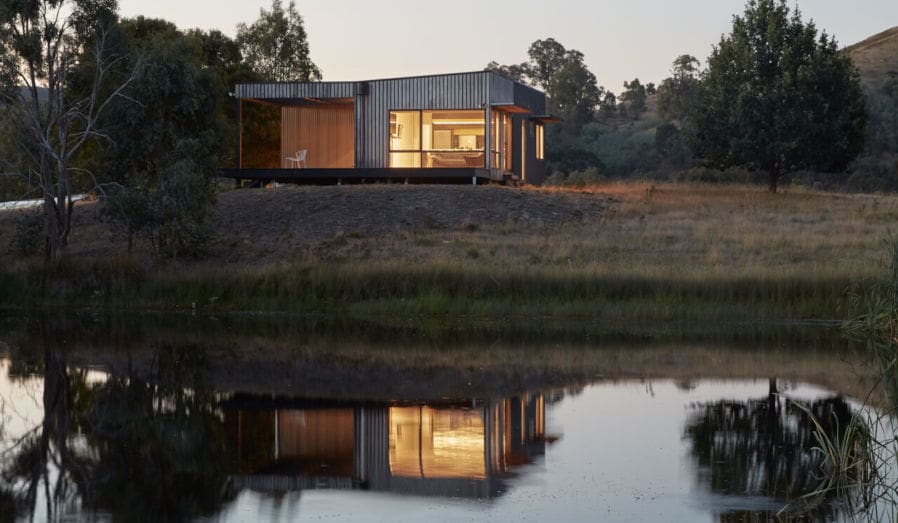
Image credit Arkular.
Start By Sizing Up The Problem
Some 15 years ago, I found it fascinating to install off-grid Solar Depot systems for remote houses, simply because it opened my eyes to where the energy on the property is being used, and how to that influenced installation.
Generators were cheap, but noisy, while solar was quiet but expensive, and with more limited capacity. If you wanted air conditioning or a spa bath, generally you had to pour diesel on the problem.
Today, the technology has changed but the main considerations are largely the same.
The average job looked like this:
Step 1: Install a Solahart Hot Water Service (HWS) (close coupled, thermosiphon, tank on the roof).
Hot water typically represents 30% of total energy consumption, with cooking usually becoming the peak load for an hour or two a day.
Step 2: Plumb the HWS tank to a wood-fired range or combustion heater (the tank has to be gravity-fed).
This offers space heating and a boost to hot water during winter, and takes care of the major loads, along with a gas stove or BBQ.
Some customers would just opt for instantaneous gas-powered hot water and stove. This is a quick and dirty option, but bottle rental, as well as gas gets expensive — plus (as we all know) hell hath no fury like a partner who’s shower runs cold because you forgot to swap cylinders.
Step 3: Install a fridge.
This is the next largest load to deal with. We sold very efficient Vestfrost fridges (no longer available sadly). They came at an eye-watering $2,000, but could halve the size of the required battery bank, saving $10,000.
Step 4: Lights and appliances.
From here, lights and appliances are incidental. We would advise customers to wash clothes during the day and vacuum when it was sunny.
Step 5: Keep an ear out for the generator
All systems still required a fossil-fuelled generator (and still do today), which would auto-start at least once a month. Inevitably, however, the phone would ring at the end of March, because the summer sun had until then masked a generator failure.
If using things like a spa, clothes dryer or air compressor, then manually starting the generator first would save flogging the batteries.
For a more detailed explanation, spend the next hour or 13 with The Smart Energy Lab. DJ GlenMo will cover everything.
Do Not Buy A Cheap Hybrid
I’ve seen first hand the tears shed by installers and customers alike when they have simply chosen the wrong gear for the job. DIY forums are full of regretful folk who buy non-compliant crap online. Even those who should know better are out there installing equipment that isn’t fit for purpose. So be warned: if it seems cheap, that’s because it is cheap.
Transformerless hybrid inverters simply don’t have the surge capacity — the grunt — to start an inductive load like a fridge motor or rainwater pump. Tellingly, even if you buy a top-shelf Fronius Gen24, the warranty is void if it runs in off-grid mode more than 20% of the time.
Can Sungrow do it?
If you have a modest load, Sungrow hybrid inverters will work, with a generator, as a standalone power system with warranty support. Knowing how stable and reliable generators are1 I wish them luck with the endeavour.
Personally, I have never used a lightweight grid hybrid like that. Enphase did offer the option in the US and later withdrew support for it, and Tesla has also walked back on using the Powerwall 2 for off-grid applications.
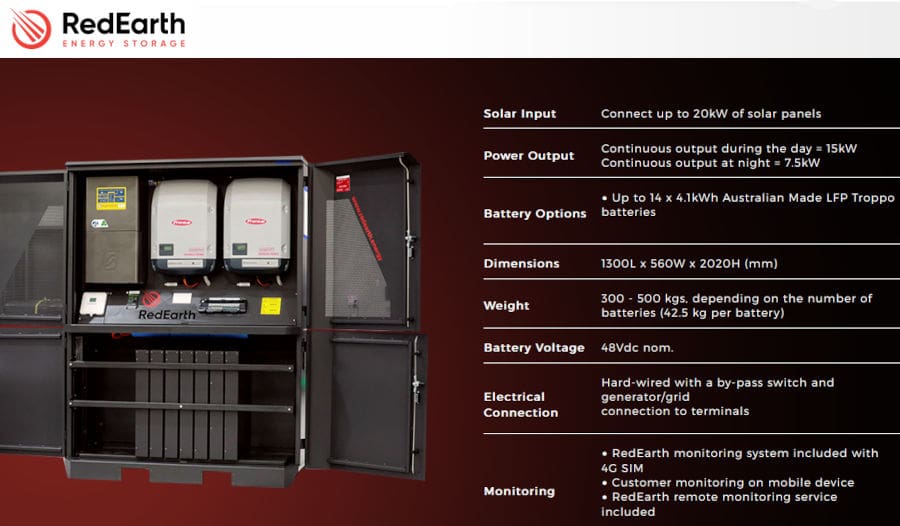
RedEarth DropBear has the same basic components that my house does. This is a really capable system you can have delivered almost anywhere by an all-terrain forklift, just like a pallet of bricks.
The Right Tool For The Job
The best solution for a proper grid-forming system is still Australia-made. The Selectronic SpPro offers brilliant local support and a ten-year warranty, including for mobile installations. You can find these inverters integrated into pre-wired solutions, or hand built to power the Royal Flying Doctor Service out of Innamincka, and even running Sam Neill’s entire winery.
Victron produces another range of hardy products, with excellent monitoring and a vast array of accessories. Many installers use nothing else, but they are wise enough to know that five-year warranty support only comes from dealers, and actual technical support comes from a curious array of internet enthusiasts, on a forum loosely curated by Victron. There’s no actual phone number to ring.
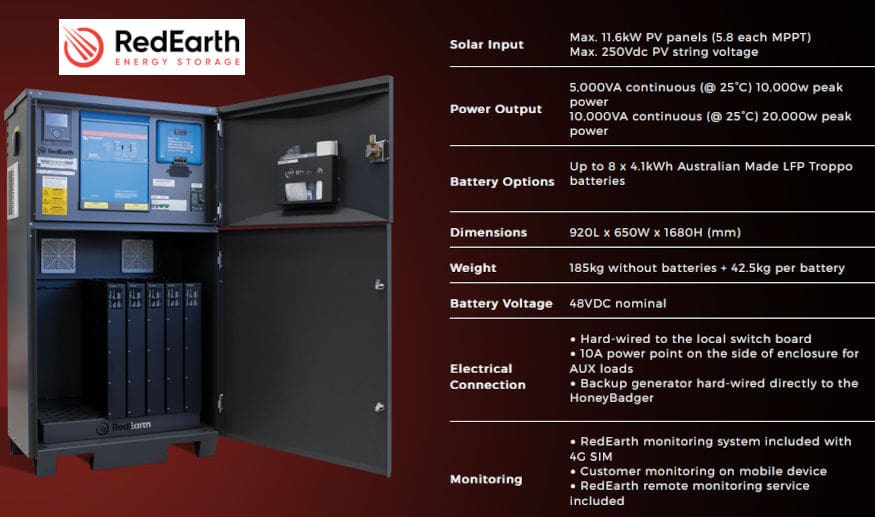
RedEarth’s smaller offering has a little blue Victron heart
Just remember the ‘5000’ on the front of the blue Victron box is a part number for a 4000Va/3600W continuous rated machine. Provided you size everything to suit, Victron products can be great value.
Start With A Plan
When installing solar power systems for tiny houses and other little dwellings, the best advice I can offer is to get a solar installer involved early. Design the right roof and consider where the batteries are going.
The Solar Depot systems I mentioned above always worked best when we were involved at the outset. Power could be delivered from the shed as soon as it was built, and as the house went up, the plumbing was sized correctly, wiring was included and the roof was engineered for the loads.
But what actually makes the biggest difference is designing the building properly in the first place, so you don’t need as much electricity to power it. That means using passive solar design and plenty of insulation — and it’s not something you can tock on to a bog-stock kit home after it’s been delivered.
Footnotes
- We have a joke in off grid circles. When the off grid customers ring, it’s the generator at fault. The only customer who rings up with a non-generator complaint, is one with flat batteries, because they haven’t bought a generator yet ↩
Original Source: https://www.solarquotes.com.au/blog/tiny-houses-off-grid/



